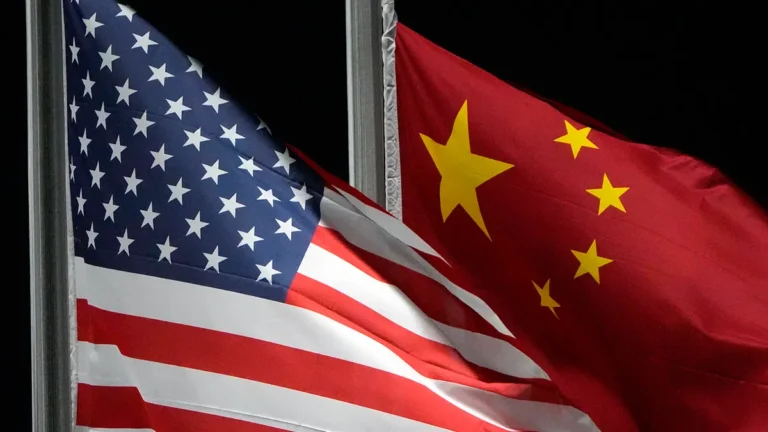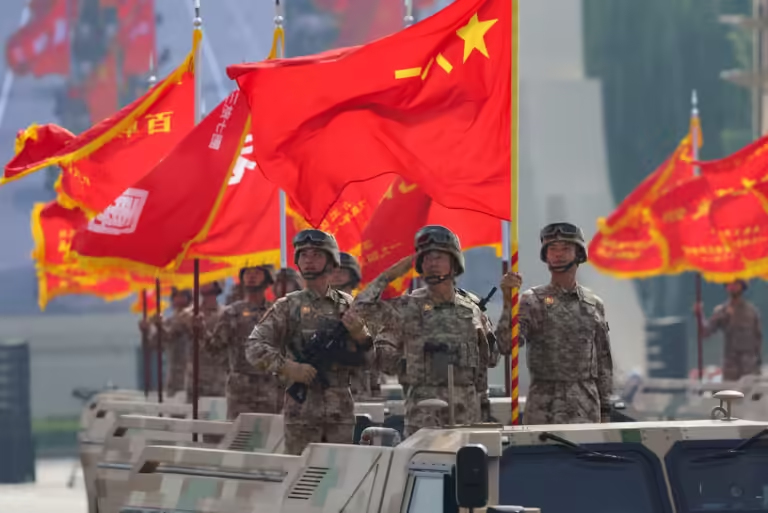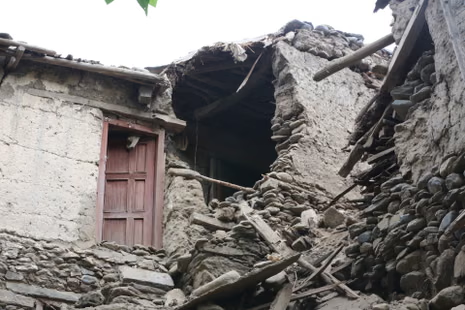
A recently confirmed secret missile base in Sinpung-dong, North Pyongan Province has heightened international anxiety over North Korea’s nuclear ambitions. The base is located about 27 kilometers from the border with China. Satellite imagery and analysis have verified the existence of this clandestine site, which remains absent from all past denuclearization negotiations held with North Korea.
Satellite Analysis Confirms a Clandestine Nuclear-Capable Facility

Sinpung-dong is believed to house a brigade-sized unit equipped with six to nine Hwasong-15 or Hwasong-18 nuclear-capable intercontinental ballistic missiles (ICBMs). It is supported by hardened underground facilities and operational infrastructure. All its features are specially tailored for long-range launches. These missiles can travel over 13,000 to 15,000 kilometers, which means they can reach almost anywhere in the world. This includes the United States and other major countries. North Korea can, therefore, threaten distant targets with nuclear weapons. Construction of this base began around 2004. Operations started in 2014, and ongoing development has been observed since then.
North Korea’s Expanding nuclear Missile Belt
The Sinpung-dong base forms part of North Korea’s strategic “rear missile belt”. It is a network of at least 15–20 undeclared ballistic missile bases, including sites like Hoejung-ni, Sangnam-ni, and Yongnim. These dispersed bases are designed to ensure survivability against preemptive strikes. They also help North Korea maintain strategic depth for long-range and intercontinental missile operations.
Persistent Secrecy and Strategic Planning

North Korea has never publicly acknowledged the Sinpung-dong missile base. It has not been mentioned in any official arms control or denuclearization talks. The secret existence of this facility reflects Pyongyang’s ongoing pattern of hiding its true nuclear capabilities, which complicates diplomatic efforts and makes future verification of disarmament difficult. This lack of transparency undermines negotiations since neither the number nor locations of such bases have ever been officially disclosed.
The data on this missile base comes from the Center for Strategic and International Studies (CSIS), an independent think tank known for its objective and reliable analysis. CSIS uses satellite imagery and expert research to provide a clear and credible understanding of North Korea’s missile capabilities. This contrasts with North Korean sources and some government agencies, which are often secretive or influenced by political motivations.
About 27 km from the China–North Korea border, the Sinpung-dong Base is an undeclared missile site believed to house 6–9 nuclear-capable ICBMs with mobile launchers.(Beyond parallel)
Geopolitical Implications
The strategic location of Sinpung-dong near the Chinese border deters potential preemptive military action. It raises the risk of accidental escalation impacting Chinese territory, a factor Beijing must carefully consider. For the United States, South Korea, and Japan, the growing base network emphasizes the persistent threat of North Korean ICBMs and the importance of missile defense collaboration and security coordination.
Consequences for Defense and Diplomacy
The exposure of Sinpung-dong and similar sites has several far-reaching consequences:
- Heightened mistrust and reduced credibility of any arms control negotiations
- Increased risk of crisis miscalculation due to the dispersal and secrecy of launch sites
- Acceleration of regional arms competition, especially between the U.S., South Korea, and Japan
- More difficult path toward denuclearization, given the scale and concealment of North Korea’s arsenal
Long-Term Nuclear Missile Strategy
The Sinpung-dong base demonstrates North Korea’s investment in operational nuclear deterrence, not just symbolic capability. Its location, vulnerabilities, and fortified infrastructure reflect a deliberate long-term effort to expand and defend its nuclear arsenal for regime survival.
This base, and others like it, reveal the true extent of Pyongyang’s ambitions and the entrenched challenge facing the international community in securing Northeast Asia and beyond.
For more such articles, check out The World Times.



